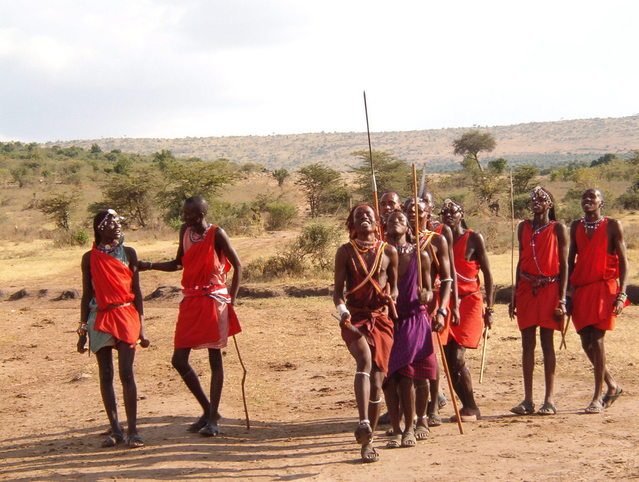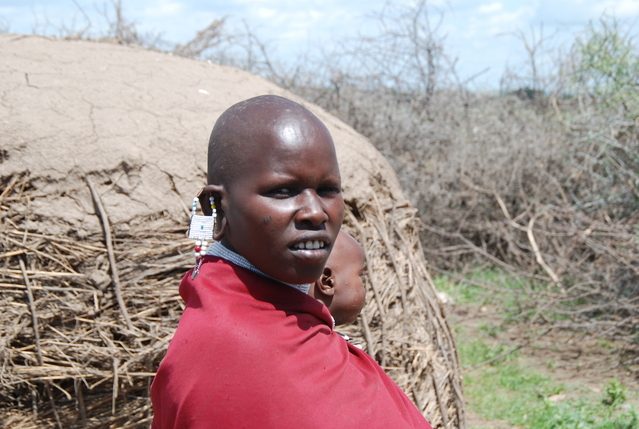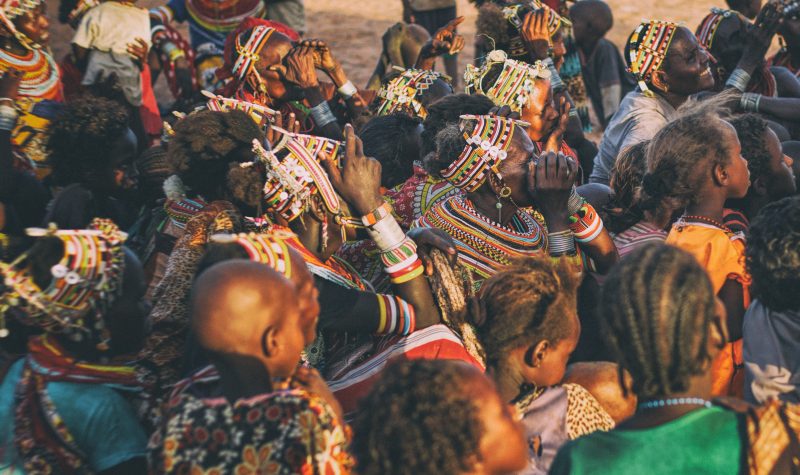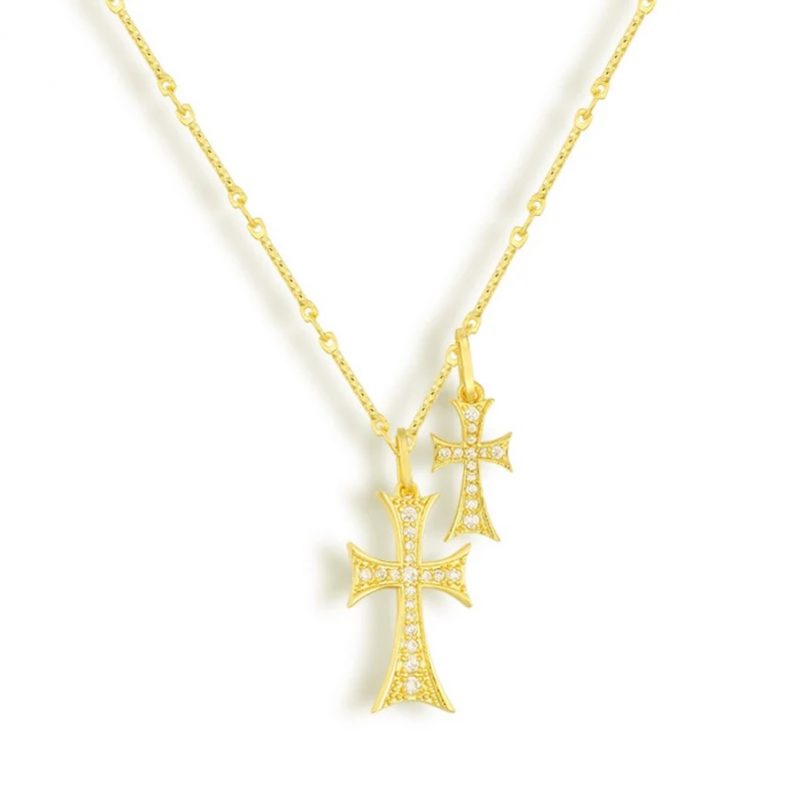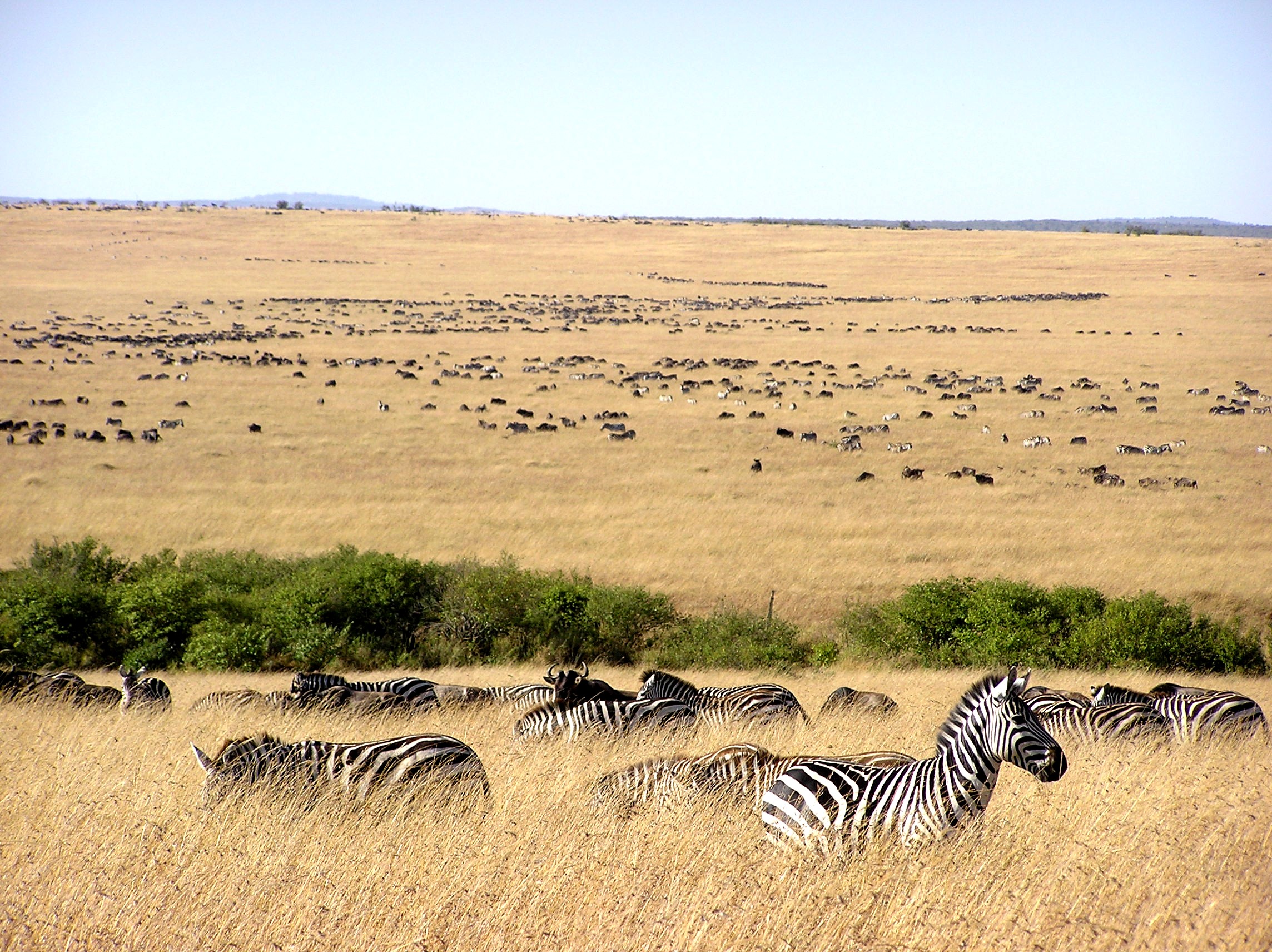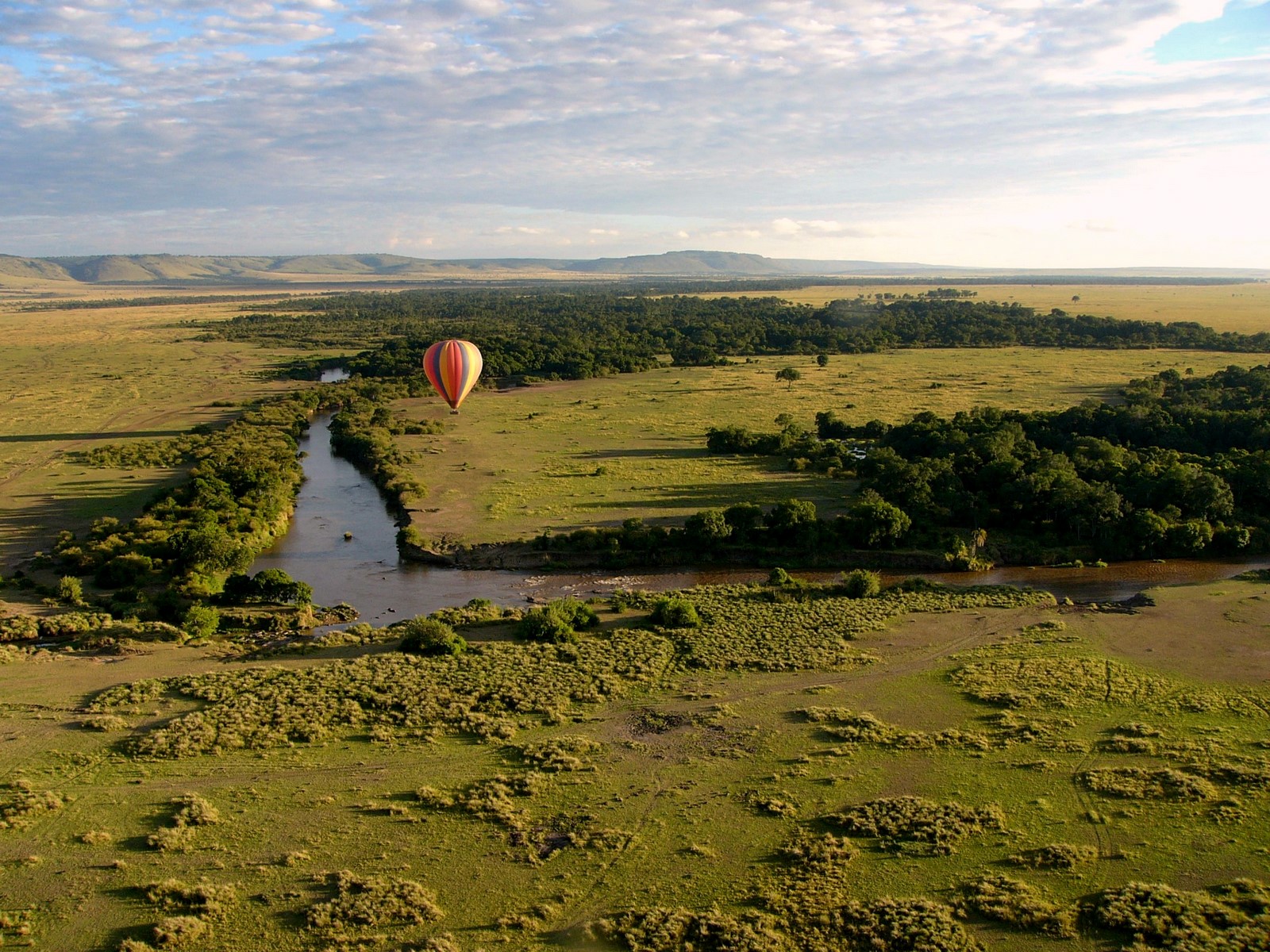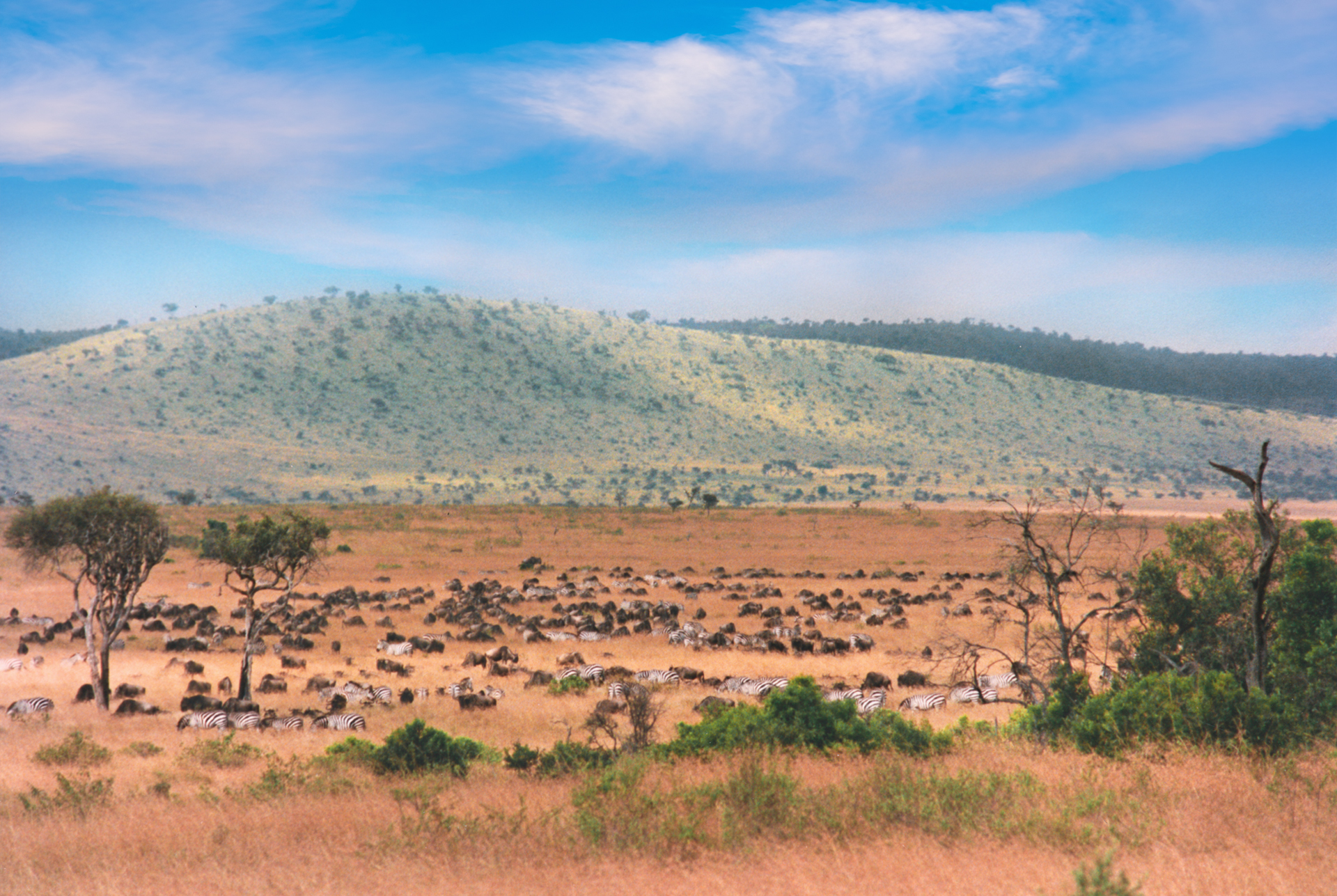Maasais Never Suffer From Lifestyle Diseases
Mhe Maasai is a herd and pastoralist tribe living in Northern Tanzania and Kenya. They live mainly from livestock affairs and farming. Maasais are not blood-thirsty scavengers as some early explorers portrayed them. Indeed, they do drink cow’s blood and meat, but they are not part of their daily diet. They reserve them for special times. By the way, cattle blood is high in protein and good for the immune system. Well, then what is the staple diet of these blood drinkers?
Traditionally consumed diet
Maasais traditionally relied on their livestock for most of their nutritional needs. They consumed a high-fat diet of fermented cow’s milk – a kind of yogurt that might be probiotic – blood and meat. The milk is rich in saturated fat as well as cholesterol and contains less lactose. Milk fat produces two-thirds of their calories, and they consume up to 2,000mg fat a day. Interestingly, the suggestion of the American Heart Association is to consume under 300 mg a day. This diet provides massive amounts of iron and calcium.
No life style diseases
Despite of a high fat diet, unlike Westerners, Maasais show no signs of heart or lifestyle diseases linked to such foods as per their physical exams. The eating of unhealthy food seems to have no adverse impact on them. The level of cholesterol, blood pressure, cholesterol gallstones, and hypertension in their bodies is very negligible. They tend to have low rates of coronary artery diseases and have excellent endurance. There is a high content of omega-3 fatty acids in the walls of the red blood cells. And they burn no more calories than sedentary urbanites. It is indeed a real miracle that the Maasais are in good health despite of their diet. The medical scientists often referenced the Maasais as evidence that low-carbohydrate and a high-fat diet is not heart-damaging.
Maasais mystifies scientists
Maasais have mystified health researchers around the world for decades. Scientists have been greatly interested in these indigenous people from Kenya since cardio-vascular diseases started becoming a significant problem in the 60s.
Health condition theories
It is not certain why the Maasais do not succumb to the same health conditions as others. A few researchers and social scientists have attempted to do studies to find out the real reason behind the lack of lifestyle diseases among the Maasais. The investigations took into account the correlation between their diet and nomadic lifestyle. However, the findings of those studies have not been conclusive. There is a need for more research, studies, field experiments and debates to come to a more concrete and scientific conclusion. Nevertheless, the existing research has led to some theories and suggestions as to why Maasais continue to live healthy despite a high-fat diet.
Walking several miles
Most people falsely assume that Maasais engage themselves in an athlete level of physical activity. But that’s not entirely true. They spend most of the day walking several miles looking for greener pastures and water for their cattle. They rarely run. But when they walk, they move with a low but constant intensity. In other words, they are involved in a low-level aerobic activity. They get more exercise per day than an average modern person. If inactive urban dwellers were to get the same amount of physical activity, they would have to walk an extra 19km every day. This disparity may explain the health difference between Westerners and them. Despite their unhealthy high-fat diet, the constant walking activity can contribute to their healthy condition. Perhaps such unhealthy eating doesn’t increase the risk of lifestyle diseases unless relatively high carbohydrates accompany it.
Tolerance of genes
Taylor and Ho, two scientists, conducted a study in 1971 with two groups of Maasais. For eight weeks, they gave both the groups a controlled diet. They fed the control group and the other group with food rich in calories, but the other group was also given an extra 2 grams of cholesterol. After 8 weeks, the scientists discovered that both the groups had same levels of cholesterol in their blood. It led them to believe that Maasais have some genetic traits or differences that can tolerate large quantities of saturated fatty acids. They can drink milk without lactose intolerance. In other words, their biologic mechanisms protect them from hypercholesteremia i.e. their genes limit the cholesterol-raising effects of their diet. However, the conclusion has no direct proof. For that, further studies identifying those genes under selection is necessary.
Short life span
Researchers have noticed that for the kind of high-fat food the Maasais consume, there are a very limited number of deaths attributed to heart disease. A close to a satisfactory explanation is that they do not tend to live as long as Westerners and die of other causes. It implies that Maasais do not live as long as others to be able to detect or diagnose any life diseases or heart problems.
Baffling autopsy results
Do not try the Maasai diet at home although evidence suggests that they live a life free of lifestyle diseases such as diabetes or heart problems. Here is why. Some early research papers report that on autopsy it was discovered that the aorta of some Maasai men had fibrosis. There was also clogging of the arteries in people who had died of trauma implying that high cholesterol and high-fat diet isn’t healthy. But there were no heart attacks. Moreover, these men had functional heart vessels without blockages because their vessels were large. The obvious conclusion is that there could be a correlation of their good health to some other factor or factors that they have not yet taken into consideration. Until and unless the scientists and medical practitioners test and establish that, let us continue to be baffled and wait for the test results.
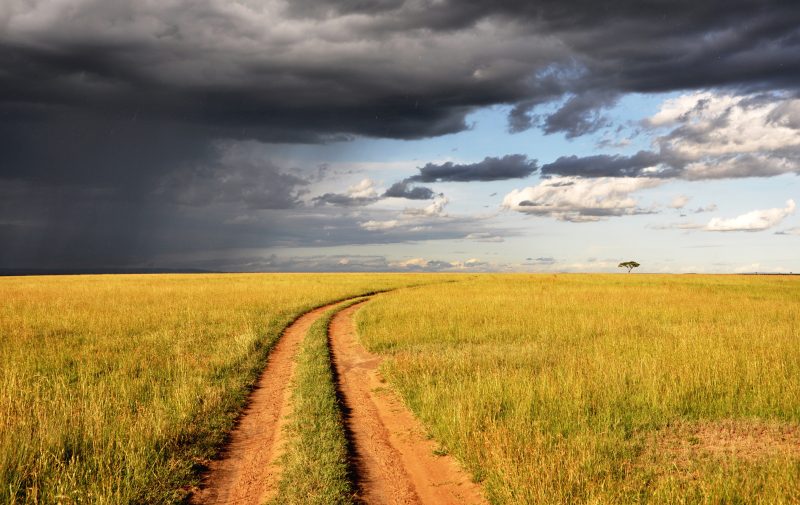
Maasais are now forced to include vegetables and foods from sources such as corn, maize, and millet with more regularity
Recent diet changes
Farming and consumption of vegetables were frowned upon by the Maasais. This is because they believed that cultivation makes the land no longer suitable for the grazing of the livestock. But due to population growth, drought brought on by climate change and shrinkage of grassland, the community has no longer been able to depend on their livestock alone for food. Hence, farming has become prevalent since the 1990s. This lifestyle transition has resulted in some dietary changes as well.
Maasais are now forced to include vegetables and foods from other sources such as corn, maize, and millet with more regularity. These days they have a kind of porridge – a liquid mixture of cornmeal, milk, sugar, and water – for breakfast, lunch, and dinner. That makes the diet far richer in carbohydrates than before. Other foods include rice, sorghum wheat, maize, peanuts, beans, chapatti, bulrush millet, peas, cabbage, kale, sweet potato, cassava, fish, goat meat and milk, sheep meat and milk, dates, wild fruits, raisins, and herbs. Fruits are only available during certain seasons and eaten mainly by women and children.
5 Frequently Asked Questions About Maasai Life Expectancy
To book a safari in Maasai Mara, please fill out the following form or simply email us on safaris@safari-center.com

